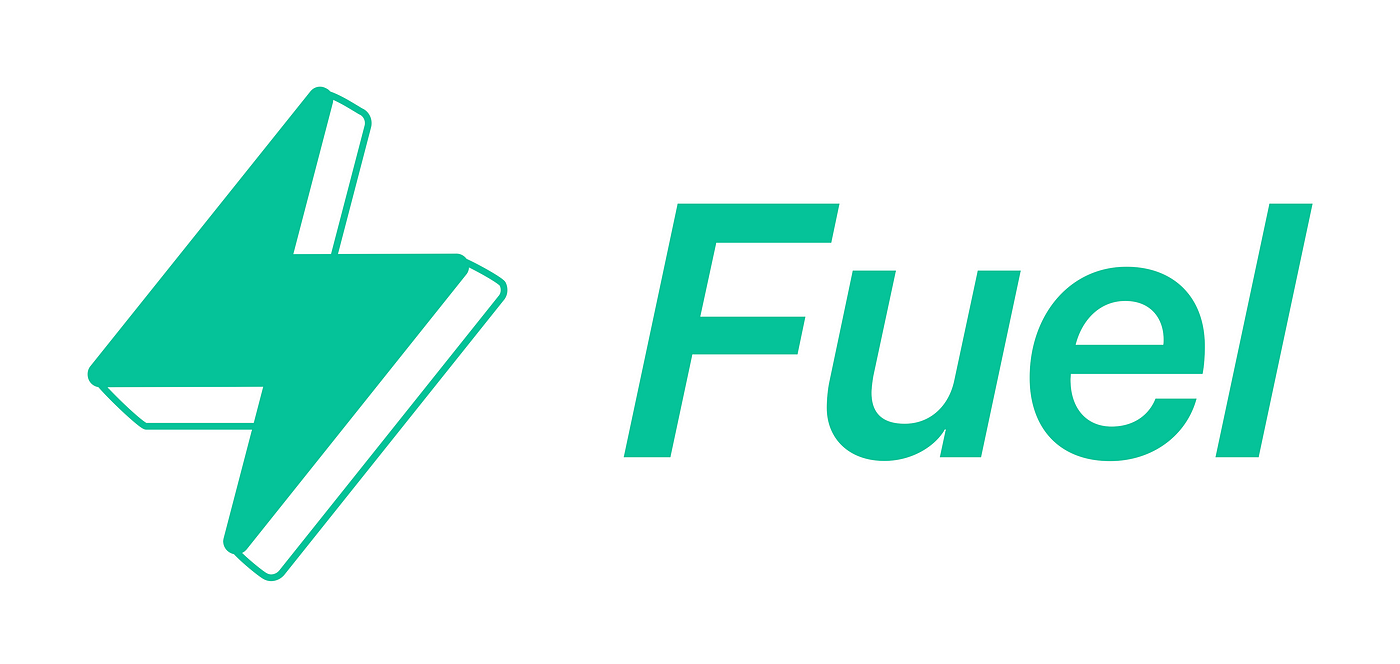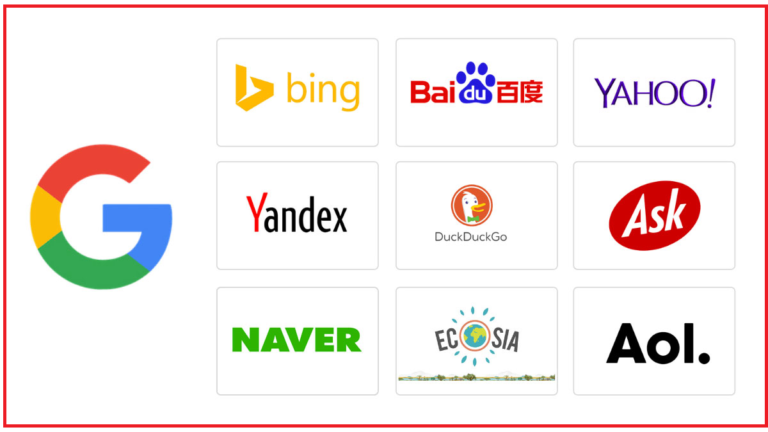Fuel Exchange: Transforming Asset Trading with Layer 2 Technology on Ethereum
In the rapidly evolving world of blockchain and decentralized finance (DeFi), the demand for efficient, user-friendly platforms for asset trading has never been higher. As more individuals and institutions seek to engage with cryptocurrencies and digital assets, traditional exchanges often struggle to keep up with the sheer volume of transactions, leading to high fees and sluggish processing times. Enter Fuel Exchange, a groundbreaking platform designed to address these challenges by leveraging Layer 2 technology on the Ethereum network.
The Challenges of Traditional Asset Trading
Asset trading on the Ethereum blockchain has experienced remarkable growth, but it hasn’t been without its hurdles. High gas fees, especially during peak times, can make trading prohibitively expensive for many users. Additionally, slow transaction speeds can result in missed opportunities, leading to frustration among traders. These challenges are especially pronounced for smaller investors, who may find it difficult to justify the costs associated with trading on traditional exchanges.
Fuel Exchange aims to solve these issues by providing a more scalable and efficient trading environment. By utilizing Layer 2 solutions, Fuel Exchange allows users to trade assets quickly and at a fraction of the cost typically associated with Ethereum transactions.
Understanding Layer 2 Technology
Layer 2 technology refers to solutions built on top of an existing blockchain (Layer 1) that enhance its scalability and efficiency. In the case of Fuel Exchange, this means processing transactions off the Ethereum mainnet while still maintaining a secure connection to the Ethereum network. This approach allows for faster transaction processing, lower fees, and an overall smoother user experience.
Fuel Exchange harnesses the power of Layer 2 technology to bundle multiple transactions together and submit them as a single transaction to the Ethereum mainnet. This not only reduces the number of transactions that need to be processed on Layer 1 but also significantly lowers the associated gas fees. As a result, users can trade assets with confidence, knowing that they won’t be penalized by high costs or slow processing times.
Enhancing User Experience
One of the primary goals of Fuel Exchange is to enhance the overall trading experience for users. With lower fees and faster transaction speeds, traders can execute their strategies more effectively. Whether users are looking to buy, sell, or swap assets, Fuel Exchange makes it easy to do so without the typical friction found on traditional exchanges.
The platform’s user-friendly interface also contributes to a seamless experience. Designed with both novice and experienced traders in mind, Fuel Exchange offers an intuitive layout that simplifies the trading process. Users can easily navigate the platform, access market data, and execute trades, all while enjoying the benefits of Layer 2 technology.
Real-World Applications of Fuel Exchange
Fuel Exchange is not just a theoretical solution; it has practical applications that can significantly impact the way users trade assets. Here are a few examples:
- Cost-Effective Trading: By leveraging Layer 2 technology, Fuel Exchange allows users to trade assets without incurring hefty gas fees. This opens up trading opportunities for smaller investors who may have been deterred by high costs on traditional platforms.
- Enhanced Liquidity: With its efficient trading mechanisms, Fuel Exchange can attract more liquidity to the platform. This means users can execute trades more easily and at better prices, improving the overall market experience.
- Rapid Execution: Fuel Exchange’s fast transaction processing capabilities ensure that users can act quickly in response to market movements. This is particularly important in the fast-paced world of crypto trading, where opportunities can be fleeting.
- Access to Diverse Assets: The platform can support a wide variety of digital assets, allowing users to diversify their portfolios and explore new trading opportunities without the constraints of traditional exchanges.
Looking Ahead: The Future of Fuel Exchange
As the DeFi landscape continues to grow, Fuel Exchange is well-positioned to become a leading player in the asset trading space. By addressing the scalability issues that have historically plagued Ethereum, Fuel Exchange opens up new possibilities for traders of all levels.
In conclusion, Fuel Exchange is transforming the way users engage with asset trading by leveraging the advantages of Layer 2 technology on Ethereum. With its focus on reducing costs, increasing transaction speeds, and enhancing user experience, Fuel Exchange is set to revolutionize the trading landscape, making decentralized finance more accessible and efficient for everyone. As more users recognize the benefits of this innovative platform, the future of asset trading on Fuel Exchange looks brighter than ever.
Also Read- Hire WordPress Developers to Build a Responsive Website






